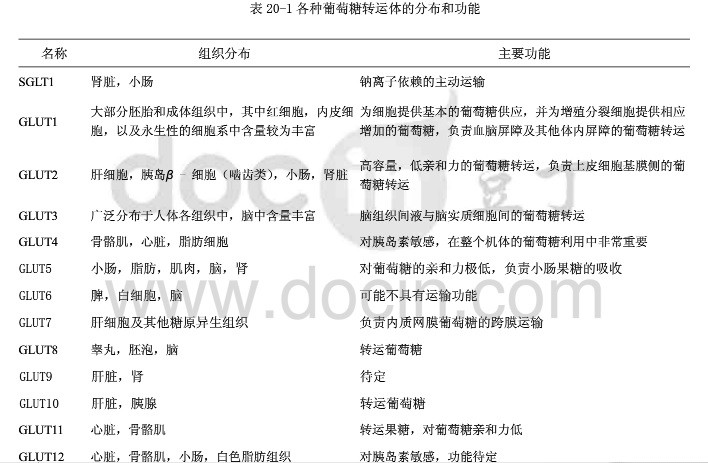
Studying mice, researchers have found a way to prevent nonalcoholic fatty liver disease, the most common cause of chronic liver disease worldwide. Blocking a path that delivers dietary fructose to the liver prevented mice from developing the condition, according to investigators at Washington University School of Medicine in St. Louis.
The study appears in a recent issue of The Journal of Biological Chemistry.
In people, nonalcoholic fatty liver disease often accompanies obesity, elevated blood sugar, high blood pressure and other markers of metabolic syndrome. Some estimate as many as 1 billion people worldwide have fatty liver disease, though some may not realize it.
"Fatty liver disease is a major topic of research right now," said first author Brian J. DeBosch, MD, PhD, clinical fellow in pediatric gastroenterology. "There are competing hypotheses about the origins of metabolic syndrome. One of these hypotheses is that insulin resistance begins to develop in the liver first. The thought is if we can prevent the liver from becoming unhealthy to begin with, maybe we can block the entire process from moving forward."
The research team, led by Kelle H. Moley, MD, the James P. Crane Professor of Obstetrics and Gynecology, showed that a molecule called GLUT8 carries large amounts of fructose into liver cells. Fructose is a type of sugar found in many foods. It is present naturally in fruit and is added to soft drinks and myriad other products in the form of high-fructose corn syrup.
Scientists have known that fructose is processed in the liver and stored there as fat in the form of triglycerides. In this study, researchers showed that blocking or eliminating GLUT8 in mice reduced the amount of fructose entering the organ and appeared to prevent the development of fatty livers. Mice with GLUT8 deficiency also appeared to burn liver fat at a faster rate than control mice.
"We showed that GLUT8 is required for fructose to get into the liver," DeBosch said. "If you take away or block this transporter in mice, they no longer get diet-induced fatty liver disease."
The researchers also saw differences between male and female mice in the degree to which they were protected from fatty livers and in whole-body metabolism. Male mice fed a high-fructose diet while deficient in GLUT8 still had evidence of fatty liver disease, but whole-body metabolism was healthy. They showed no evidence of metabolic syndrome in the rest of the body. Females fed fructose while lacking GLUT8, in contrast, had healthy looking livers but exhibited more evidence of whole-body metabolic syndrome.
"If the fructose doesn't go into the liver, it may go to peripheral tissues," DeBosch said. "Female mice with a GLUT8 deficiency had increased body fat. They also had increased circulating triglycerides and cholesterol.
"So the liver is healthier in female rodents, but you could argue that the whole body has worse overall metabolic syndrome," he said. "This supports the idea of the liver acting as a sort of sink for processing fructose. The liver protects the whole body, but it may do so at its own expense."
While DeBosch said future therapeutics might be able to target GLUT8 to block fructose from entering the liver, more work must be done to understand how this would impact the rest of the body.
"In a perfect world, it would be good if we could figure out a way to direct fructose to tissues in which you're more likely to burn it than store it, such as in skeletal muscle," he said.
In the meantime, DeBosch advises his pediatric patients, many of whom are overweight or obese, to avoid fructose, especially sugar-sweetened drinks, and to find ways to increase physical activity.
Story Source:
The above story is based on materials provided by Washington University in St. Louis. The original article was written by Julia Evangelou Strait. Note: Materials may be edited for content and length.
Journal Reference:
B. J. DeBosch, Z. Chen, J. L. Saben, B. N. Finck, K. H. Moley. Glucose Transporter 8 (GLUT8) Mediates Fructose-induced de Novo Lipogenesis and Macrosteatosis. Journal of Biological Chemistry, 2014; 289 (16): 10989 DOI:10.1074/jbc.M113.527002
 精选
精选
